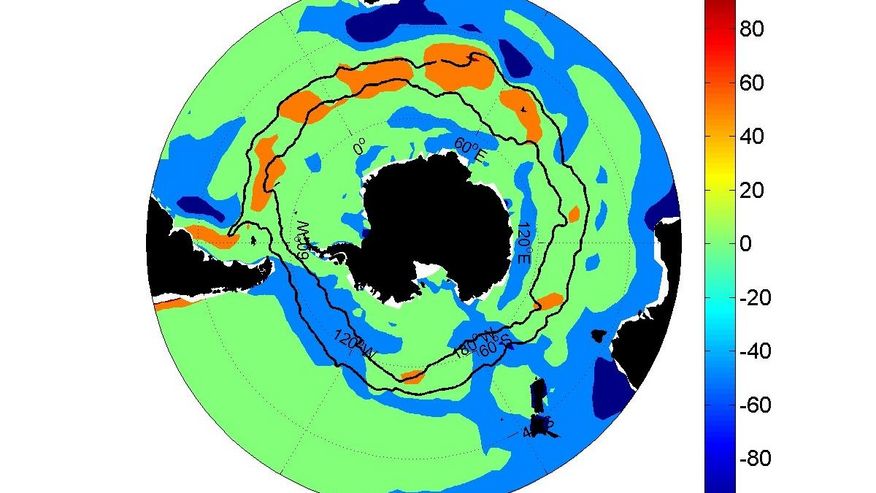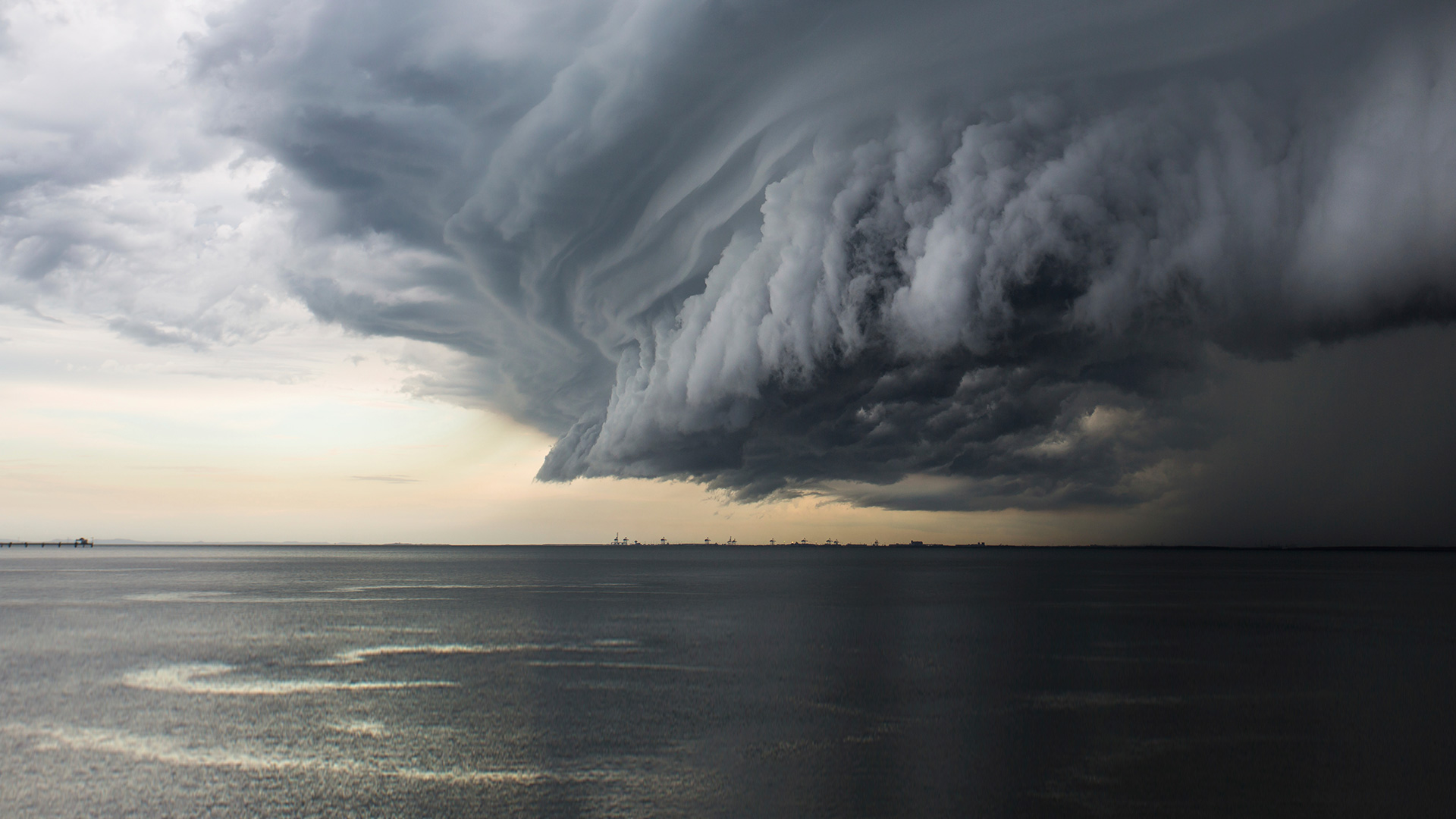Oceanic teleconnections
I am passionate about the oceans. They have always attracted me and I am curious to know how much of the weather I feel, or how the climate I live in, is reflecting something occurring in the ocean. And in particular the deep ocean, or parts of the surface ocean very remote from where I live (London, UK).
As a physicist, I have spent much time thinking about this in terms of heat transfer. Most of the energy from the Sun is absorbed by the tropical oceans, and it is the role of the atmosphere-ocean machine to carry this heat to the higher latitudes (otherwise the tropics would keep heating up and the poles cooling down), and also to radiate this energy back to Space in the form of infrared emission (otherwise the planet will keep heating up). So heat must move horizontally from low to high latitudes in the ocean, and then be transferred to the atmosphere for radiative cooling purposes.

Dr. Arnaud Czaja has been a member of the Physics Department at Imperial College since 2005, after having graduated from the University of Paris VI and conducted postdoctoral research at MIT. He is very curious about the oceans.
The ocean never stops to surprise me though. Recent work suggests that superimposed on the basic scheme mentioned above, there is a Southern / Northern Hemisphere transport of heat in the ocean with, at its source, a mighty set of ocean currents around Antarctica (the Antarctic Circumpolar Current or ACC for short). The core of this current is being heated, with an average intensity of about 30 Wm-2 which, averaged over the overall extent of the current, amounts to about 0.5 PW (see Figure). To put this number into context, this amounts to about half the heat carried by the Gulf Stream (1PW = 10^15 W), so it is a lot.

This heating is applied to subsurface waters as they upwell on the poleward flank of the ACC and subsequently flow northward across it at the sea surface. This is powered by the strong winds blowing over the Southern Hemisphere. Overall, in doing so, the Southern ocean – atmosphere machine is taking in cold water from the Northern Hemisphere, heats it up over the ACC, and delivers warmer waters back to the Northern Hemisphere.
In brief, the heat that powers intense North Atlantic cyclones moving towards London has part of its source in the latitudes of the cold Antarctic Circumpolar Current. Quite a feast!
Further information:




